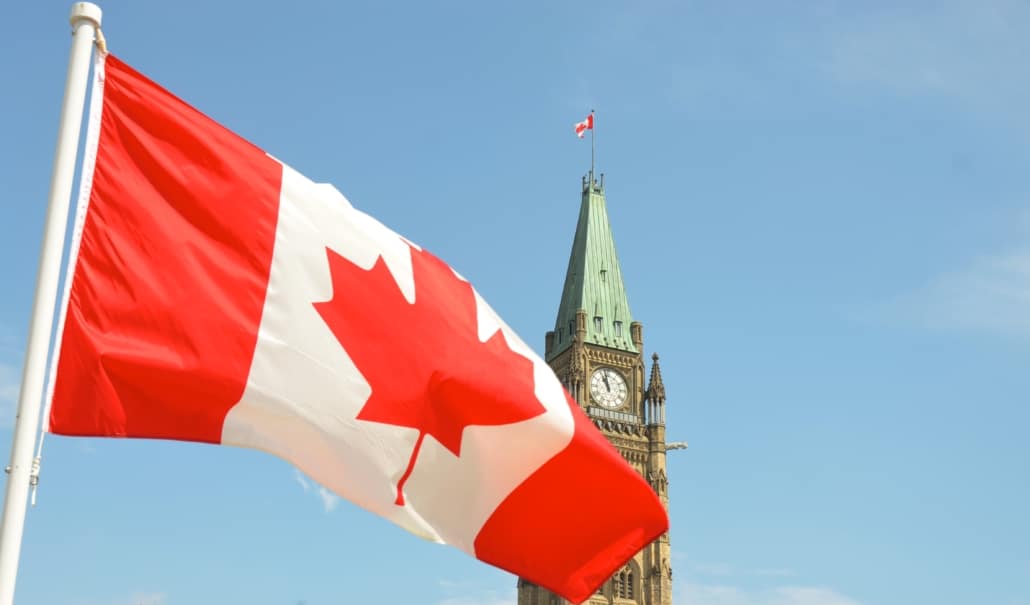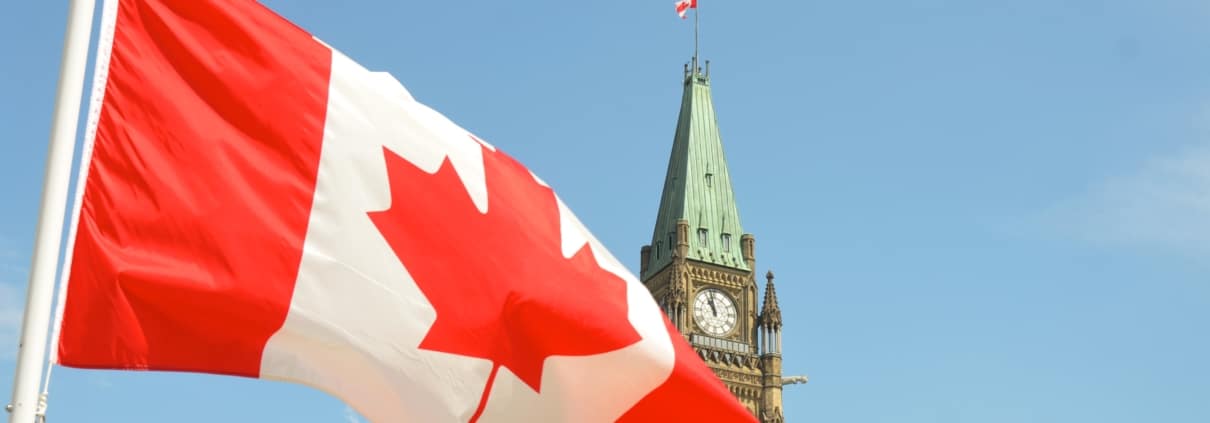What to expect when you’re expecting a spring federal budget

As surely as Ottawa’s chillingly-cold winters will soon shift to warmer spring weather, professionals and media are eagerly speculating about the potential contents of the upcoming federal budget—the spring 2022 installment of which is expected to be tabled in early April.
A number of factors, both domestic and foreign, will strongly influence measures included in this budget.
First, there is widespread global economic uncertainty due to the lingering COVID-19 pandemic. Officials everywhere are holding their breath to see if a new coronavirus variant will emerge and force another round of lockdowns. Pandemic-related supply chain pressures have (at least in part) helped drive North American inflation levels to 40-year highs. Energy prices are soaring and consumers are feeling the pinch on multiple fronts. Populations everywhere are nervous and restless. For those reasons alone, the federal Liberals might take a lighter touch and delay specific tax measures designed to pay down massive debt incurred during the pandemic.
Geopolitical uncertainty
Then there’s the war in Ukraine, which is causing widespread anxiety amongst the G7 and NATO countries, the levels of which haven’t been seen since the deepest days of the Cold War. As Russia intensifies its invasion and the West imposes increasingly-punishing sanctions against Russian financial institutions and the country’s economy, it remains unclear how the situation will evolve. But a further escalation of the conflict is a strong possibility.
That uncertainty could prompt a pivot in Ottawa’s spending priorities as the federal Liberals stare down already-steep deficits. They could decide to spend significantly on measures such as refugee resettlement or defence, for example. They could also take steps to help mitigate the impact of rising gas, food and household goods prices as inflationary pressures mount.
There are many possibilities, some likelier than others. We can expect that given the fluidity of the situation in Ukraine, developments there could steer the direction of the budget mere days before a final draft is completed.
Careful political maneuvering
And let’s not forget that this is still a minority government. As such, the Trudeau Liberals are unlikely to introduce measures that would unduly upset large segments of the voting population, while making efforts to please as many voters as possible. Speculation around significant changes to the capital inclusion rate, the principal residence exemption or corporate or personal tax increases, for example, may be far too controversial and risky for a minority government to implement. While some marginal tinkering with tax measures is likely, Canada’s business community can rest assured that seismic tax and spending shifts probably are not in the cards.
In addition, interest rate increases like the quarter-point move made recently, will likely continue throughout the year as the Bank of Canada has signalled its intention to cool red-hot inflation. Ottawa will surely have future rate hikes in mind when making spending and policy decisions.
Canada’s long-term fiscal stability may now seem less a priority given domestic and international developments. But we should remember that huge deficits cannot be sustained forever, even if recent fiscal reports have shown that Ottawa’s balance sheet is in better shape than was earlier projected. At some point, we will need to pay the pandemic piper, a day that will surely come whether the next government is a majority or minority.
In the meantime, we can rest assured that the upcoming spring federal budget will contain measures designed to advance a (likely more restrained) progressive agenda. How?
Probable budget priorities
For one, we can almost certainly expect some measures to level out Canada’s overheated housing market. Affordability is a major concern for Canadian home buyers in nearly every major market and the Grits will be eager to at least be seen to be taking action on the file. Additional measures to enhance tax fairness, such as a minimum 15 per cent income tax rate, could be in the offing. The government is almost certain to invest in combatting climate change, even as European allies focus more on energy independence due to the Ukraine situation. That will include investments to speed innovation and intensify the country’s transition away from fossil fuels to green energy sources, such as wind and solar.
The recent announcement of draft legislative proposals for comment (which would implement previously-announced budget and other measures) provides additional insights into the tax and spending changes that may be coming in 2022. The government has proposed to:
- Improve access to the Disability Tax Credit
- Implement a 50 per cent reduction on the general corporate and small income tax rates for zero-emission technology manufacturers
- Allow Canadian-controlled private corporations, sole proprietors and some partnerships to immediately expense up to $1.5 million in eligible investments in new technologies and capital projects
- Enhance mandatory income tax disclosure rules
- Improve electronic tax return filing
- Expand access to the accelerated capital cost allowance for some clean energy equipment
- Extend timelines for the Canadian Film or Video Production Tax Credit and the Film or Video Production Services Tax Credit
- Invest to limit tax debt avoidance and enhance CRA audit and compliance capabilities
- Limit interest and other financing expense deductions for businesses based on a proportion of earnings
- Enhance tax reporting requirements for trusts
Consultations on most draft proposals closed recently, but submissions on measures such as trust reporting requirements and tax debt anti-avoidance measures are being accepted until April 5, 2022.
As the government has spent the past two years focused on combating the coronavirus pandemic, and now finds itself consumed by war and geopolitical maneuvering in Eastern Europe, it’s focus will likely remain on implementing the measures that have recently been up for consultation, rather than blazing a bolder tax-and-spend path.
Restoring balance to the federal treasury and paying down debt is likely to be the prerogative of future governments.
Armando Iannuzzi, Co-Managing Partner
For tax, accounting, assurance and advisory assistance, contact a member of our team.


